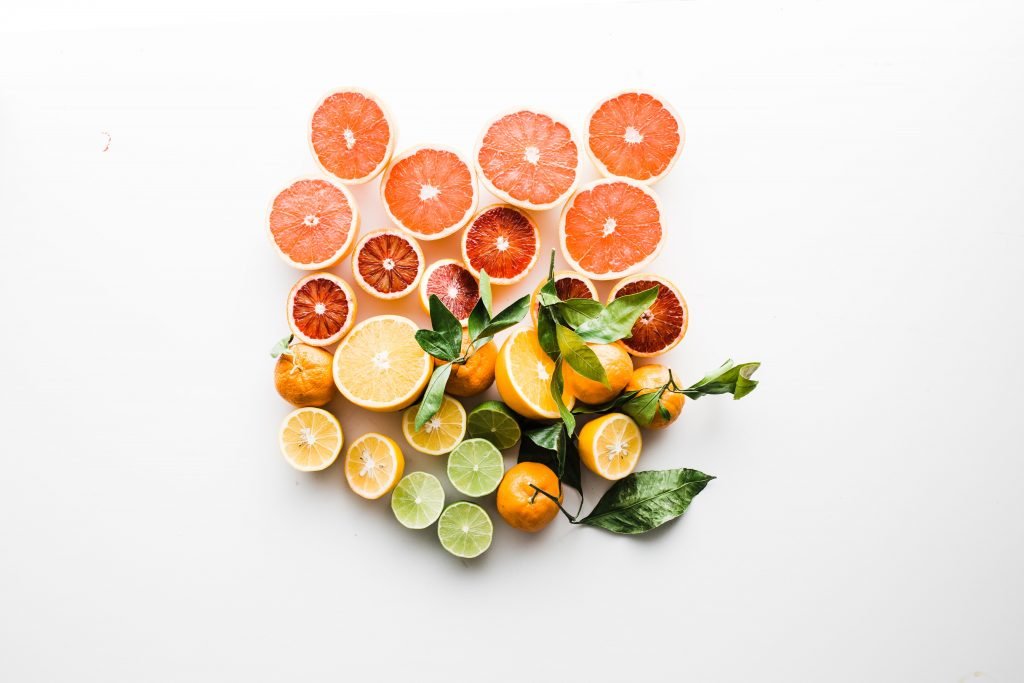
Gift a Fragrance Perfectly Matched to their Personality
Gift a Fragrance Perfectly Matched to their Personality By Mona...
Read More
The art of perfumery is an old one. We can trace the use of scents oils as far back as the ancient Egyptians, the Roman Empire, Mesopotamia and the Persian Empire. The production of perfume as we know it is thanks to thousands of years of perfumers fine-tuning the process to get it just right. The innovation will never stop as the industry continually adapts to consumer desires and ingredient availability, but the current method consists of four steps.
From Raw Material to Delicate Oils
First of all, one must extract the oils from the natural ingredients. The perfumer must select the most appropriate method for their ingredients.
Solvent extraction involves placing the plants into a rotating drum. They are then covered in petroleum ether or benzene. The plant materials dissolve in these chemicals, leaving behind a waxy substance containing the scented oils. This is then placed in ethyl alcohol to dissolve the wax-like remnants, leaving behind just the oils.
The process of steam and water distillation are very similar. The plant materials are placed in a still filled with hot steam or boiling water under the oils are extracted. Once the steaming or boiling is complete, the remaining substance is cooled and passed through tubes.
The expression is the simplest and oldest method in use. It is mainly used when extracting the essence from citrus. It involves pressing the plants, either by hand or with a machine, until all the oils have been obtained.
The final two are quite similar. Enfleurage and maceration involve spreading grease or fat across layers of glass. Plant materials are placed on these and swapped out by hand repeatedly until the fragrance is absorbed into the grease or fat.
Lavender Clouds and Poetry owner Akosua’s favorite natural ingredients are Indian Coriander and Elemi. The Indian Coriander is an essential oil that must be extracted by steam distillation, and she appreciates it for the beautiful freshness and softness it adds to scents. Elemi is also obtained via steam distillation. It is a resin which is relative to the trees that provide frankincense and myrrh.
“I do not use synthetic ingredients in any of the Lavender Clouds perfume. However, I do use aromatic compounds that have been extracted from plants and natural raw materials. One of my favourite aromatic compounds is ambrettolide. With its rich and extremely tenacious scent, ambrettolide is used to add depth, warmth and diffusion to a perfume. It has a sweet, soft, floral-musky aroma that is absolutely beautiful. Ambrettolide also helps to round out perfumes in very trace amounts!”
Blending the Perfume Brew
Once the extraction is complete, it is time to combine all the ingredients to concoct the perfume. Scents are blended based on the formula created by the master perfumer, called the nose. Recipes can take someone years to finesse! The oils and fixatives are added, as well as the alcohol. The ratio of alcohol and oils determines the strength and cost of the perfume; the more oils it contains, the pricier it will be. Like a fine wine, after it is blended, the concoction must age. The ageing process allows all the notes to mix correctly; this takes place over several months to several years. Once the ageing time has passed, the nose will test the perfume again to ensure they are happy with the result. A scent will often emerge smelling different from when it began.
Lavender Clouds and Poetry perfumes age for two months in a dark room. They are then filtered and decanted by hand.
The Final Test
The final step is quality control. This crucial step ensures the product is exactly as the perfumer wants it to be. It also checks for anything that may be harmful or undesirable. When using natural ingredients, one batch following the same recipe as another risks turning out different even if the steps are followed to the letter. Natural ingredients are at the mercy of weather, harvest conditions and pollution.
The Ancient Art Carries On
It’s safe to say that our need for perfume will go on indefinitely. Carefully crafted scents are in everything from beauty products like perfume and lotions to home products like candles. This art will continue to evolve as we discover new ways to use the ingredients that nature has to offer. Though this is the process now, who knows what it will mesomorph to in the future?
By Mona Butler
Gift a Fragrance Perfectly Matched to their Personality By Mona...
Read MoreTake a Moment to Visit Where the Mermaids Lay By...
Read MoreWhen you find the perfect perfume, two conflicting thoughts ensue....
Read MoreEven though much of September saw summer-like temperatures, the first...
Read More